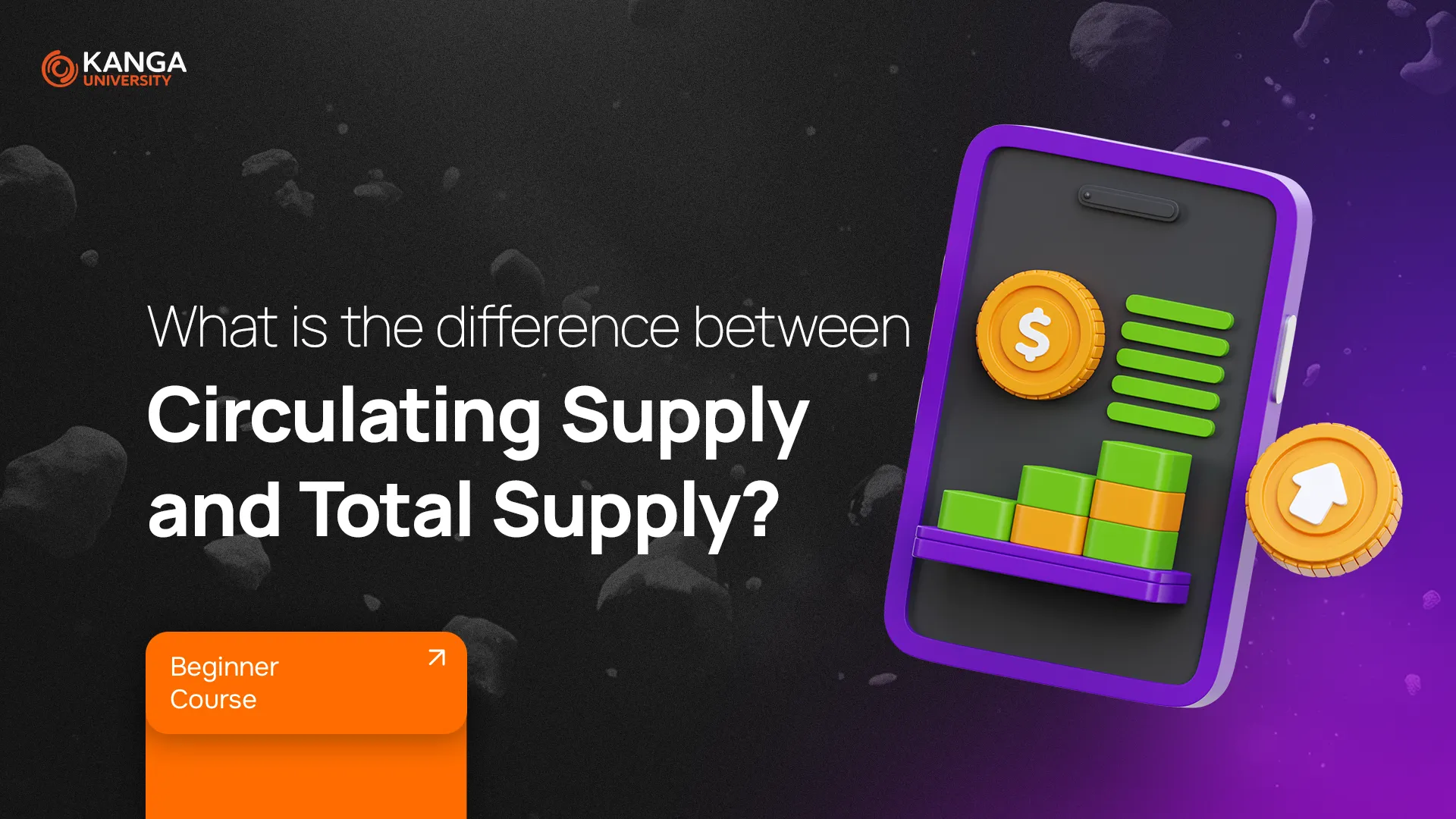
Does a cryptocurrency’s price depend only on how many people want to buy it? Not entirely. One of the biggest factors affecting its value is supply—how many coins are available in the market. In crypto, there are two key supply metrics:
- Circulating Supply – the number of coins currently available for trading.
- Total Supply – the total number of coins that have been issued, including those not yet released to the market.
Understanding these concepts is crucial for assessing a cryptocurrency’s potential and making informed investment decisions.
What Is Circulating Supply?
Circulating Supply refers to the number of tokens that are currently available in the market and can be freely traded.
Examples:
- Bitcoin (BTC) – Circulating Supply: 19 million BTC, with a maximum supply of 21 million BTC.
- Ethereum (ETH) – Circulating Supply: 120 million ETH, with no fixed maximum supply.
Generally, the higher the supply, the lower the price per unit, as more tokens are available for trading.
What Is Total Supply?
Total Supply represents the total number of tokens that have been created, including those that are locked or yet to be released.
Examples:
- Bitcoin (BTC) – Total Supply is capped at 21 million, meaning no more BTC will ever be created.
- Shiba Inu (SHIB) – Total Supply was originally 1 quadrillion tokens, but many have been burned, reducing the circulating amount.
How Do Circulating and Total Supply Affect Price?
- Low Circulating Supply – If most tokens are locked and not yet available, future releases may dilute the market, lowering prices.
- High Circulating Supply – If most coins are already in circulation, the impact of new releases is smaller.
- Burning Mechanisms – Some projects reduce their Total Supply by burning tokens, which can increase value (e.g., Binance Coin – BNB).
Circulating Supply vs. Total Supply – Key Differences
| Feature | Circulating Supply | Total Supply |
|---|---|---|
| Includes | Coins available for trading | All issued coins, including locked ones |
| Can Change? | Yes, through burning or new issuance | Yes, when new tokens are created |
| Impact on Price | High supply may mean lower prices | Large gap between Total and Circulating Supply can mean future dilution |
Why Is This Important for Investors?
Before buying a cryptocurrency, check its Circulating Supply and Total Supply. If only 30–40% of tokens are in circulation, future releases may cause price drops.
If 80–90% of tokens are already circulating, there is less risk of price dilution.
Summary
Circulating Supply and Total Supply are essential indicators when evaluating a cryptocurrency. Checking supply metrics can help you make smarter investment decisions and avoid losing value due to token dilution.